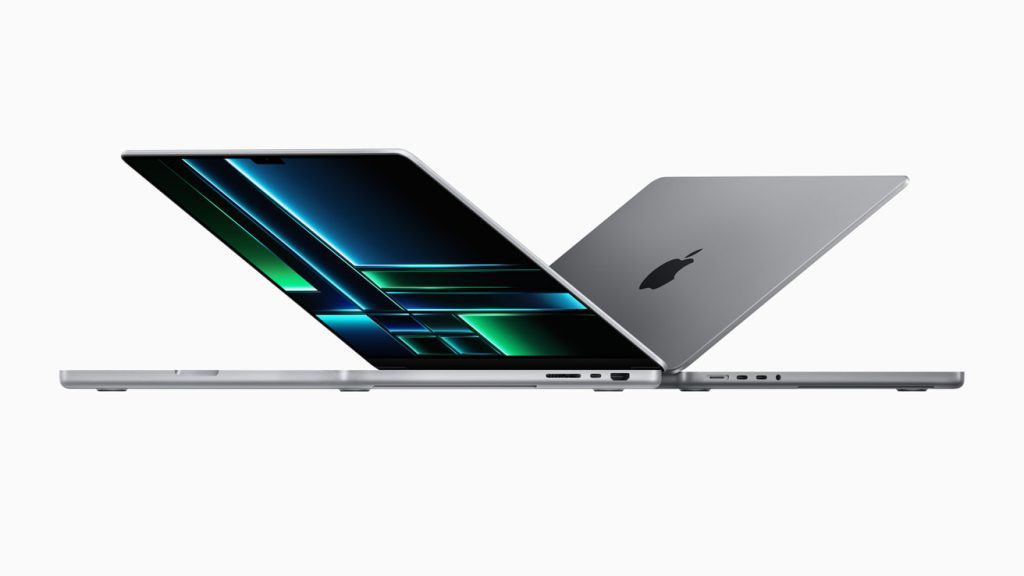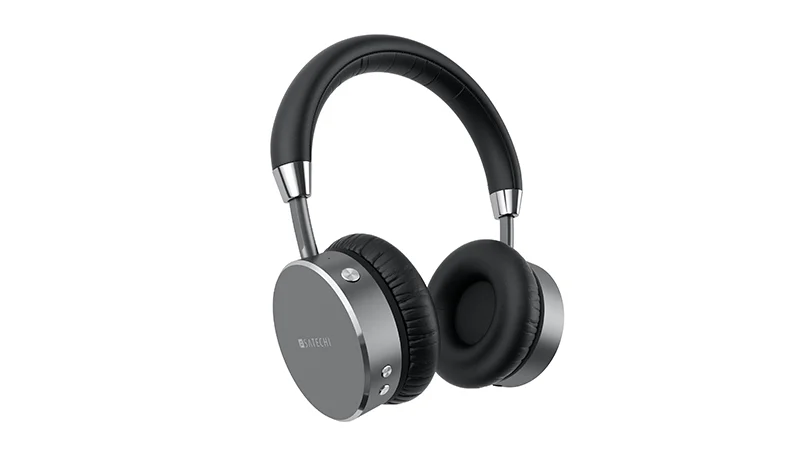Aluminium has swiftly become a material of choice in the consumer electronics industry. From smartphones and laptops to tablets and wearables, manufacturers increasingly turn to aluminium to enhance function and form. Its unique properties are redefining modern tech’s design, durability and sustainability standards.
Why aluminium?
Aluminium’s growing popularity in electronics stems from its lightweight nature and impressive strength-to-weight ratio. Devices today demand portability without compromising durability, something aluminium provides with ease. Compared to plastic or steel, aluminium allows manufacturers to create sleek and slim profiles while ensuring structural integrity.
Moreover, aluminium offers excellent heat dissipation. For high-performance gadgets like laptops and gaming devices, thermal management is crucial. Aluminium efficiently conducts heat away from critical components, improving device longevity and user safety. Its ability to stay cool under pressure makes it a natural choice for housing powerful processors and batteries.
Aesthetic appeal meets functionality
In addition to performance benefits, aluminium also delivers a premium look and feel. Whether it’s the brushed finish of a laptop or the polished frame of a smartphone, aluminium elevates the visual and tactile experience. It allows for a minimalist, modern design while remaining robust and scratch-resistant.
Apple’s MacBook and iPhone series, for instance, set the trend for aluminium unibody designs, pushing competitors to follow suit. Today, aluminium is found in products across brands like Samsung, Dell, Lenovo, OnePlus, etc. The consistency in design, texture and durability has become a defining feature of flagship devices.

Source: Apple
Aluminium alloys in use
The industry uses specific aluminium grades tailored for electronics:
- Series 6000 (e.g., 6061): Offers a good balance between strength, corrosion resistance and workability.
- Series 7000 (e.g., 7075): High-strength alloy used in more demanding applications like premium smartphones and aerospace-inspired designs.
These alloys can be anodised, brushed, or polished for aesthetic customisation.
Eco-friendly edge
Sustainability is another reason behind aluminium’s rise. It is 100% recyclable without losing quality, making it a circular material. With the global push toward greener manufacturing, brands are embracing recycled aluminium in their production lines. Notable examples include Apple’s use of 100% recycled aluminium enclosures in some of its latest devices.
By opting for recycled aluminium, companies reduce mining-related environmental impact and energy consumption, contributing to more eco-conscious consumer choices.
Beyond phones and laptops
Aluminium is also making its mark in wearables, headphones and tablets. Smartwatches benefit from aluminium’s lightweight build, ensuring comfort during all-day wear. High-end headphones use aluminium for a sleek design and acoustic advantages. The iPad Air and Apple Watch use anodised aluminium for their corrosion resistance and visual appeal.

Source: PCMag
As the Internet of Things (IoT) expands, more connected devices will require materials that strike a balance between strength, weight and environmental impact. Aluminium fits that need ideally.
Looking ahead
The rise of aluminium in electronics shows no sign of slowing. With increasing demand for performance, aesthetics and sustainability, aluminium is poised to remain central to consumer tech innovation. As recycling technologies advance, the use of secondary aluminium will become even more common, pushing the industry closer to circular production models.

